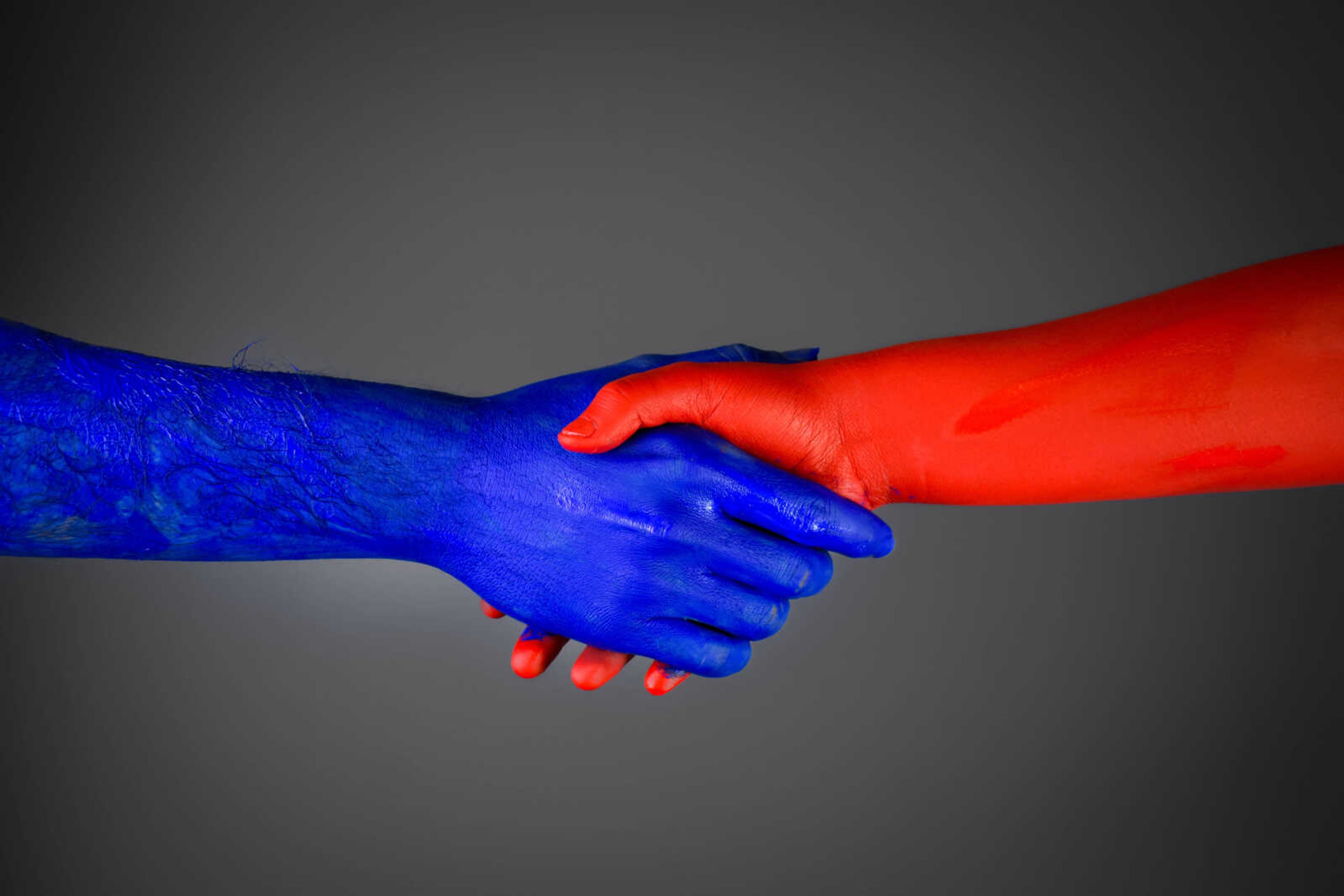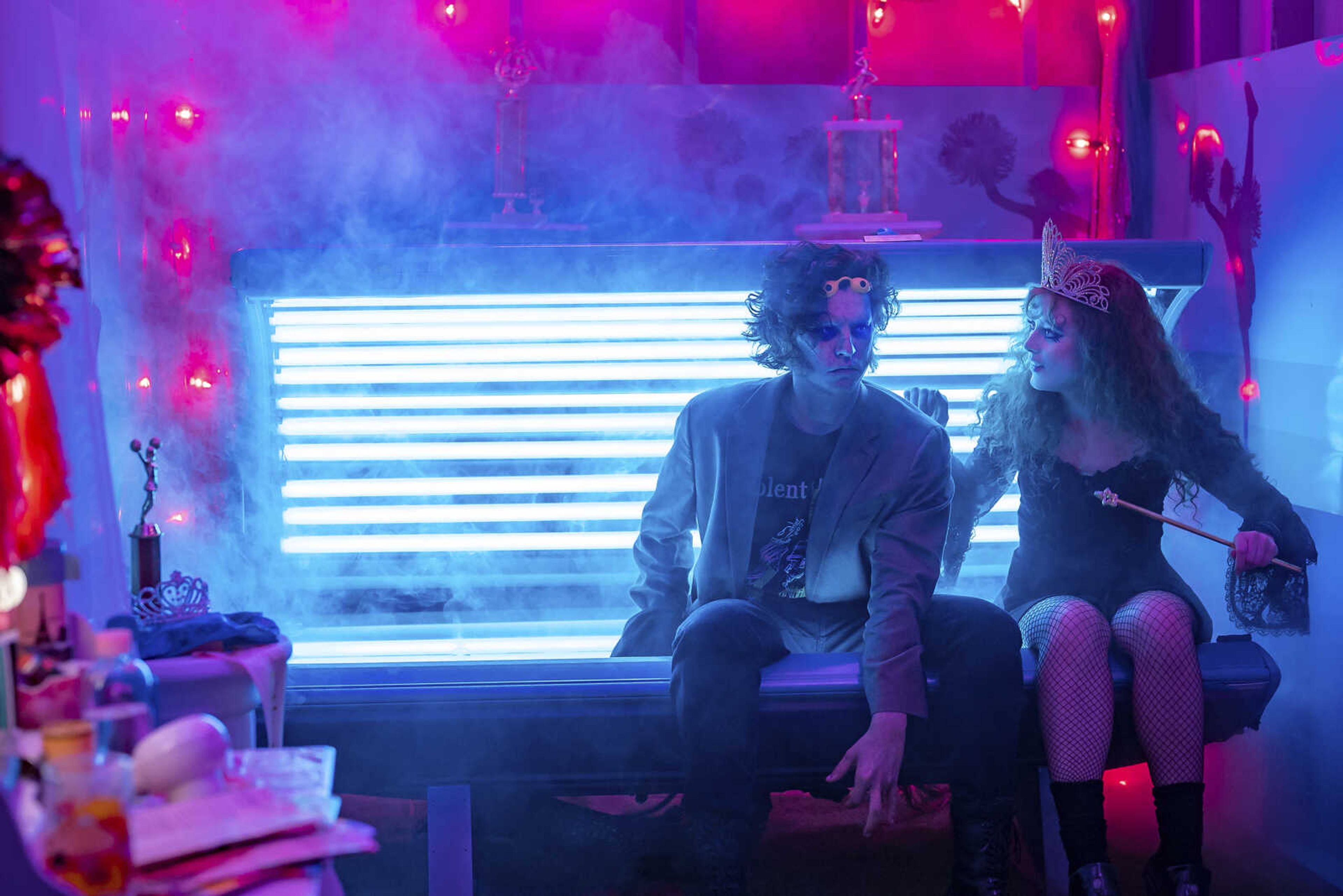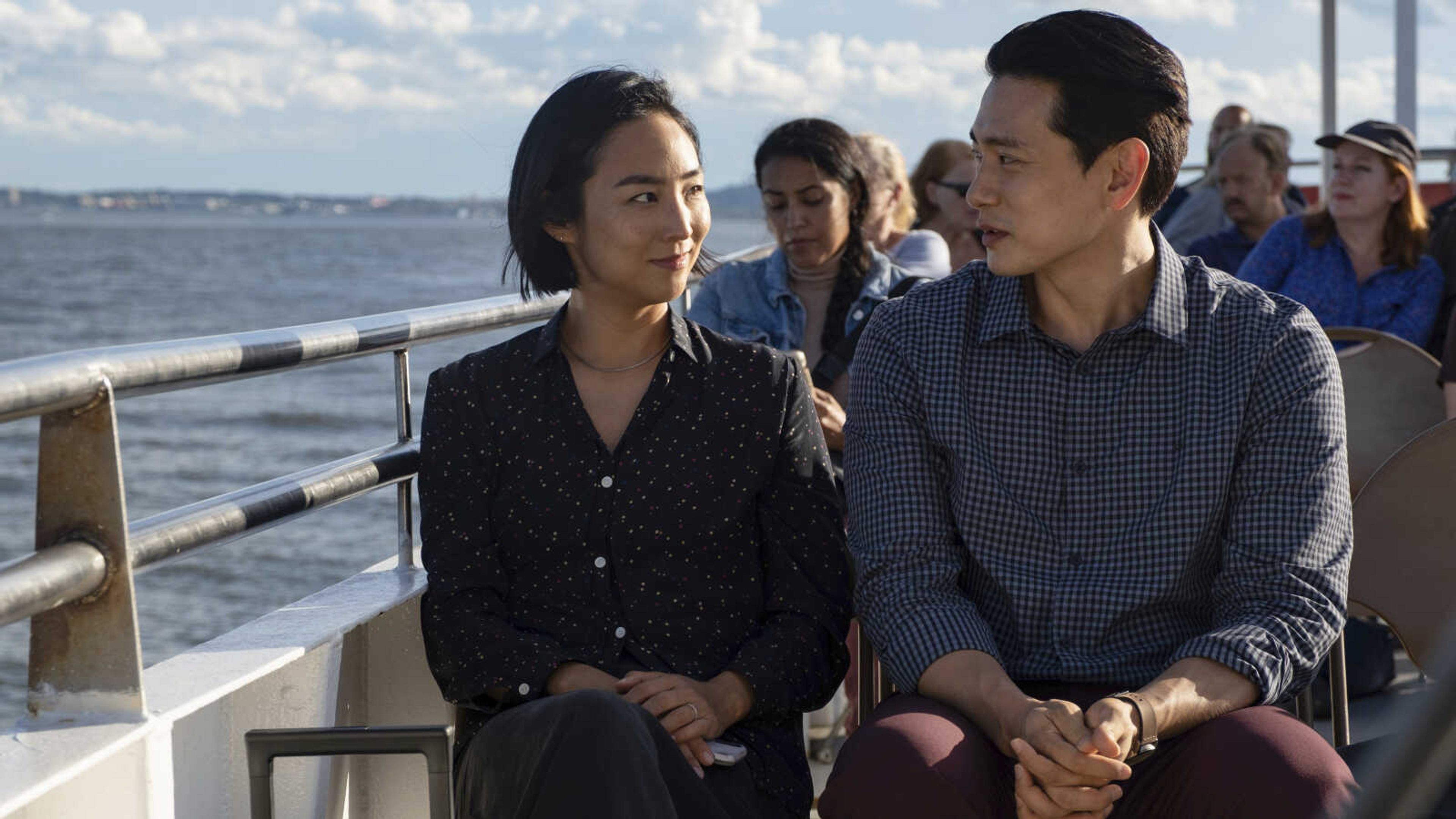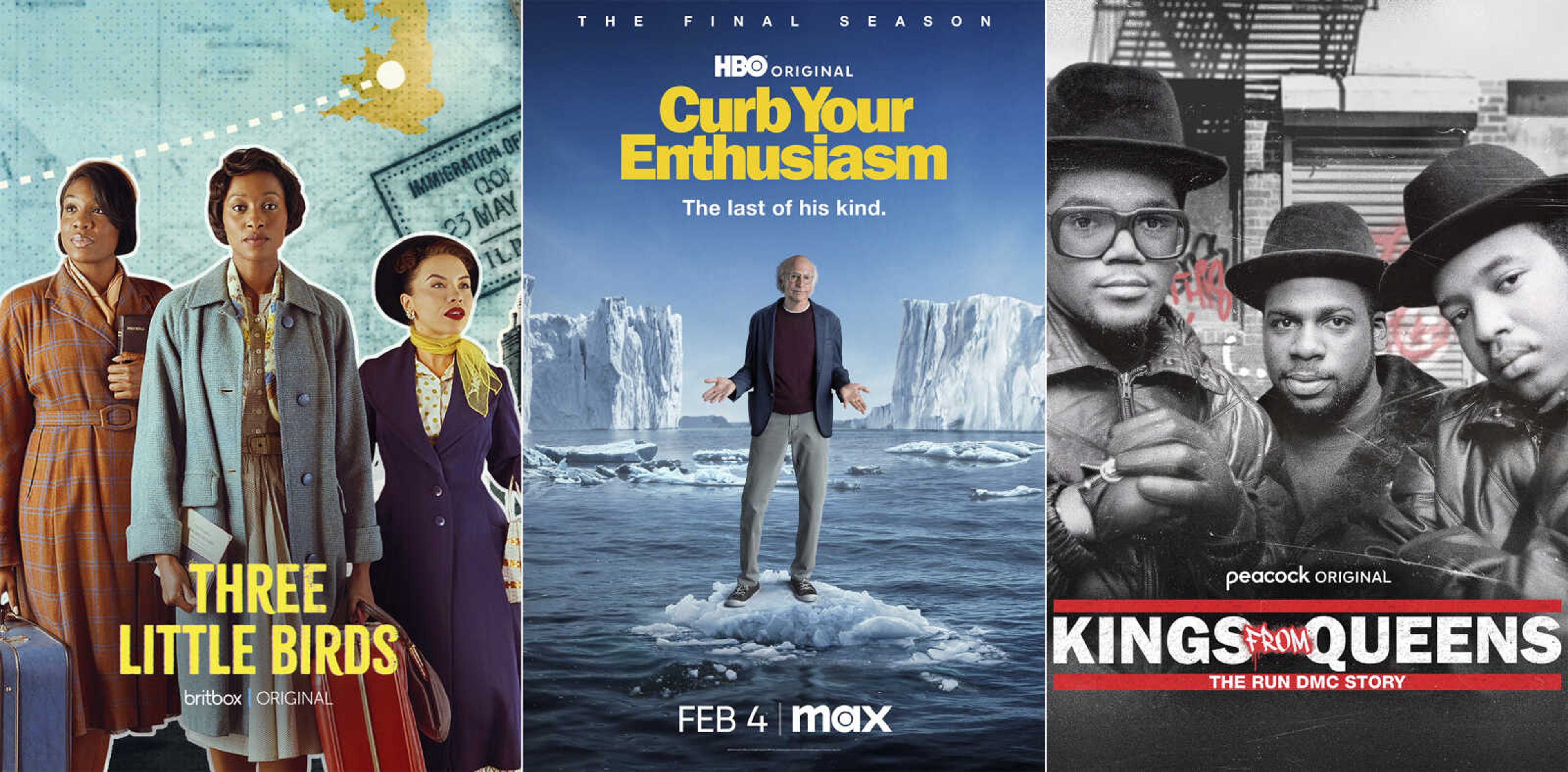Works by Cape native and nationally known artist Jim Parker on display at Hunter Valley Winery
Jim Parker knew he wanted to be an artist in grade school. He moved to Phoenix after serving in World War II. Parker established himself in the art world and continues to live out his dream as a locally and nationally recognized artist. He returned to Cape Girardeau in the 1970s...
Jim Parker knew he wanted to be an artist in grade school.
He moved to Phoenix after serving in World War II. Parker established himself in the art world and continues to live out his dream as a locally and nationally recognized artist. He returned to Cape Girardeau in the 1970s.
"The theory is that you have to be dead before you're known, and I don't believe in that," Parker said. Being known "has finally materialized in my old age."
His most recent art show, of stitchery with intricate designs and vibrant colors, is on display at the Hunter Valley Winery during October.
Parker grew up in Cape Girardeau and returned in the '70s to establish a museum collection of artwork already on Southeast Missouri State University's campus. The museum, once in Memorial Hall, moved to the River Campus and became known as Crisp Museum.

"The president of the university at the time wanted someone to preserve and protect the art that wasn't being protected before," said Ed Smith, who was teaching art education and sculpture at Southeast when Parker was hired. "Parker was brought to campus because of his years of experience at the Heard Museum in Phoenix."
Before relocating to Southeast, Parker was the assistant director of the Heard Museum of Primitive Art and Anthropology in Phoenix, where he gained experience in preserving artwork.
Parker put his skills to use in the start-up of the university museum; one of the most notable things he preserved was statuary from the St. Louis World's Fair given to the school. The Louis Houck Statuary Collection contains copies of Greek sculpture. Parker was able to uncover and restore a number of them. The replicas can be seen in the ballroom of Memorial Hall and in the Alumni Center.
After opening the museum on campus, Parker brought in exhibits ranging from anthropology and historical preservation material to special exhibits featuring local artists or the Egyptian material exhibit from Malden Historical Museum, in Malden, Mo., which Parker said drew thousands of visitors.
"I tried to bring in things the public wouldn't see unless they went to St. Louis," Parker said.
Others took notice.
"He made a very well-known entrance to the community by creating this art museum on campus," Smith said. "He came at a right time to assist other professors on campus in their area of expertise. He has made a big impression and has been very influential in preserving and protecting art in the community."
Parker could be credited with starting the mural movement in Cape Girardeau, creating the first mural in the city.
He won a contest held by the Arts Council of Southeast Missouri and the River Heritage Mural Association to have a mural design painted. His mural lived on the building at 116 N. Main St. for 18 years until 2004, when new owners wanted to rehab the building. The mural was moved to the side of Mollie's Cafe & Bar at 11 S. Spanish St.
Parker's work on display at Hunter Valley is not the kind he often featured as director of the museum. The 17 pieces on display, and for sale, are pieces of stitchery.
"I picked stitchery up for therapy after having carpal tunnel surgery," Parker said. "I learned the hard way and made a lot of mistakes along the way."
Stitchery resembles needlepoint but has some differences. The materials used and certain sewing methods differ, and in Parker's case, he incorporates pieces of mirror or gold to increase the 3-D effect.
Parker said he doesn't use patterns. He prefers original designs. He uses nothing but Persian wool yarn because of its texture, color and durability.
Parker said stitchery provides "mental and physical therapy, stitchery is relaxing and rewarding. It's always a challenge to do something different that I've not tried before with the stitchery. Everyone in the [art] field needs to grow and experiment. I'm a firm believer in that."
He said the pieces on display are a summer's worth of work.
Parker said people ask his secret when it comes to stitchery.
"I have no secrets with this," Parker said. "I just stitch. Sometimes I sit down with an idea and then rip it all apart and start over, but that's part of the learning experience."
He described his work as design-driven.
"They're contemporary and not realistic," Parker said. "I'm more contemporary, and I love color. Mostly it's botanical study. I don't go in for realism; I do it for the design. I stress design. I think anyone studying art finds the design is essential to carry you through. The design element comes first. Even when I taught, design is what it's all about."
Smith reiterated Parker's emphasis on design.
"He has a wonderful ability to design a composition, whether it's two- or three-dimensional, paint or paper, and now stitchery," Smith said. "Because his pieces are so strong in design and color, they attract all kinds of interest."
Parker's stitchery can be seen from 2 to 7 p.m. Friday and noon to 6 p.m. Saturday and Sunday at Hunter Valley Winery, 762 Route V.
Connect with the Southeast Missourian Newsroom:
For corrections to this story or other insights for the editor, click here. To submit a letter to the editor, click here. To learn about the Southeast Missourian’s AI Policy, click here.










